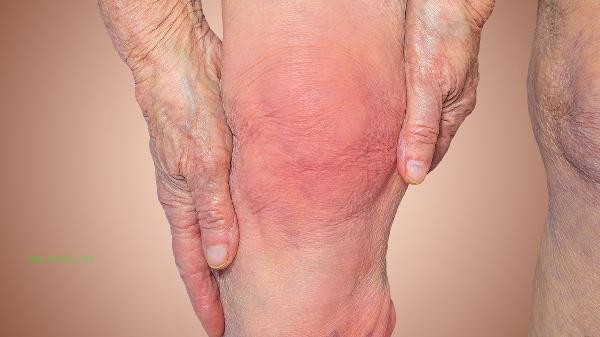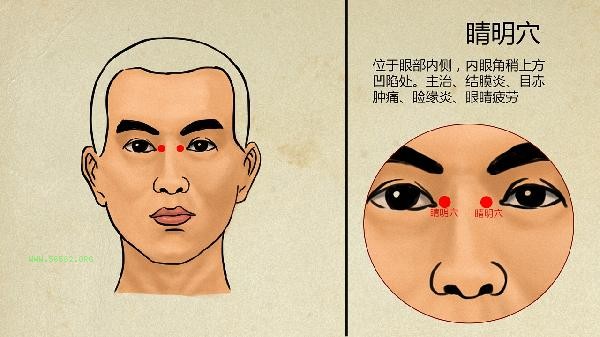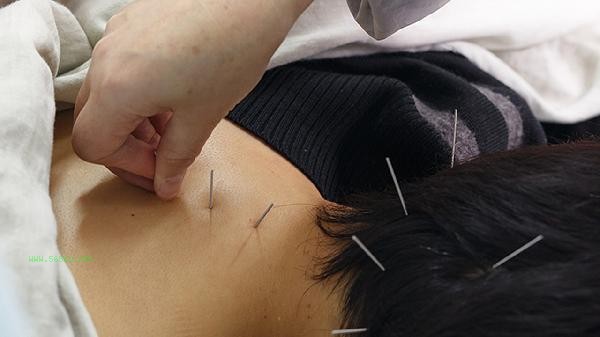Liposuction filling may pose risks of infection, fat necrosis, and uneven unevenness. It is necessary to choose a reputable medical institution and strictly follow postoperative care. Liposuction filling is a cosmetic surgery that involves extracting one's own fat and transplanting it into other parts of the body. Although the effect is significant, there are certain risks involved. Infection is the most common complication, which may be caused by improper surgical procedures or poor postoperative care. Fat necrosis is caused by the failure of transplanted fat cells to survive, resulting in local hardening or liquefaction. Uneven or uneven distribution of fat is often caused by uneven absorption.
1. Infection: If disinfection is not thorough or postoperative care is improper during the surgical process, it may lead to bacterial infection. The symptoms of infection include redness, swelling, pain, fever, etc. The key to preventing infection lies in choosing a reputable medical institution, ensuring a sterile surgical environment, and strictly following postoperative care guidelines, such as taking antibiotics on time and keeping the wound clean and dry.
2. Fat necrosis: Transplanted fat cells may die if they do not receive sufficient blood supply. Necrotic fat may form lumps or liquefy, affecting its appearance. To reduce the risk of fat necrosis, doctors should precisely control the amount of fat extraction and injection, ensure even distribution of fat cells, and use advanced fat processing techniques to improve survival rates. 3. Uneven absorption of fat or improper injection techniques may result in uneven skin surface. To prevent this problem, doctors should have extensive experience, ensure even fat injection, have regular follow-up after surgery, and make timely adjustments. Patients also need to follow medical advice, avoid vigorous exercise, and maintain a stable weight. Although liposuction and filling surgery can bring significant cosmetic effects, the potential risks cannot be ignored. Choosing a reputable medical institution and strictly following postoperative care are key to reducing risks. Patients should fully understand the possible risks and complications before surgery, communicate with doctors, develop personalized surgical plans, and ensure surgical safety and effectiveness.








Comments (0)
Leave a Comment
No comments yet
Be the first to share your thoughts!